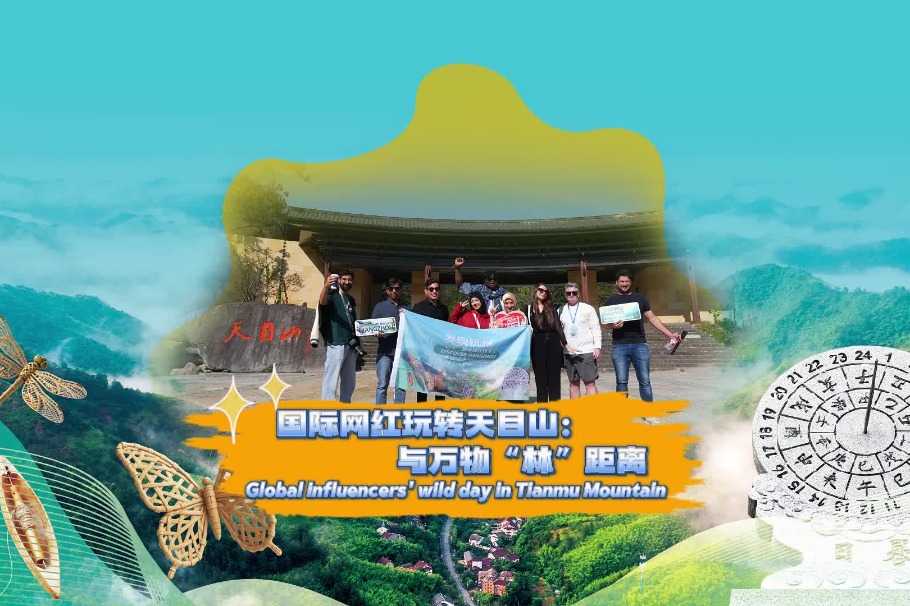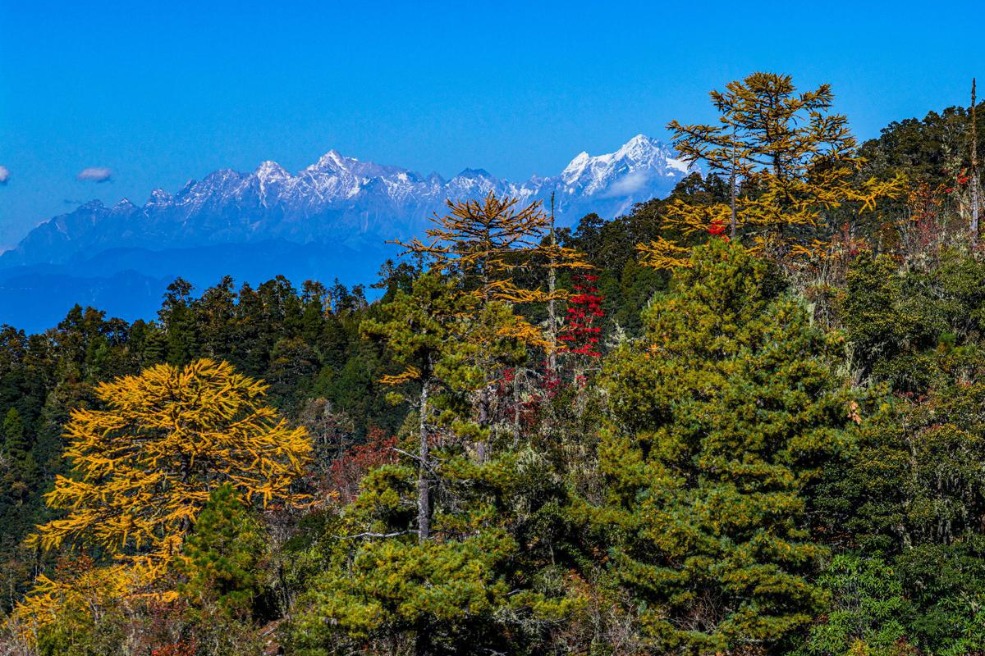China releases latest findings from second Qinghai-Tibet Plateau scientific expedition

LHASA -- China's second Qinghai-Tibet Plateau scientific expedition has yielded significant practical outcomes, with its top 10 application achievements officially released on Wednesday in Lhasa, capital of southwest China's Xizang autonomous region.
Led by Yao Tandong, an academician of the Chinese Academy of Sciences, the achievements span critical areas including ecological conservation, disaster prevention, resource exploration, carbon accounting, traffic safety, and border area development.
Notable results include scientific support for legislation on plateau ecological protection, establishment of a platform for Earth observation and early warning, and innovative technologies for disaster prevention and control in permafrost regions, aiding major infrastructure projects like the Sichuan-Xizang Railway and expressways.
The plateau is currently exhibiting a trend of warming, wetting and "greening" that amplifies both regional and global climate impacts, Yao noted. It was also found that the water supply capacity of the "Asian Water Tower" has significantly risen, with runoff projections showing increases of up to 49 percent by the end of the century, crucial for water security for billions.
Since its launch in August 2017, the second expedition has mobilized over 3,000 research teams and more than 30,000 personnel, conducting comprehensive surveys across the entire plateau region.
- China releases latest findings from second Qinghai-Tibet Plateau scientific expedition
- Mainland spokesperson rebukes Japanese PM's provocative Taiwan-related remarks
- China launches three new satellites into space
- China's JUNO neutrino detector delivers first results, hints at 'new physics'
- New study reveals snow-ground thermal coupling on Qinghai-Tibet Plateau
- Mainland official highlights greater opportunities for Taiwan businesses on mainland





































